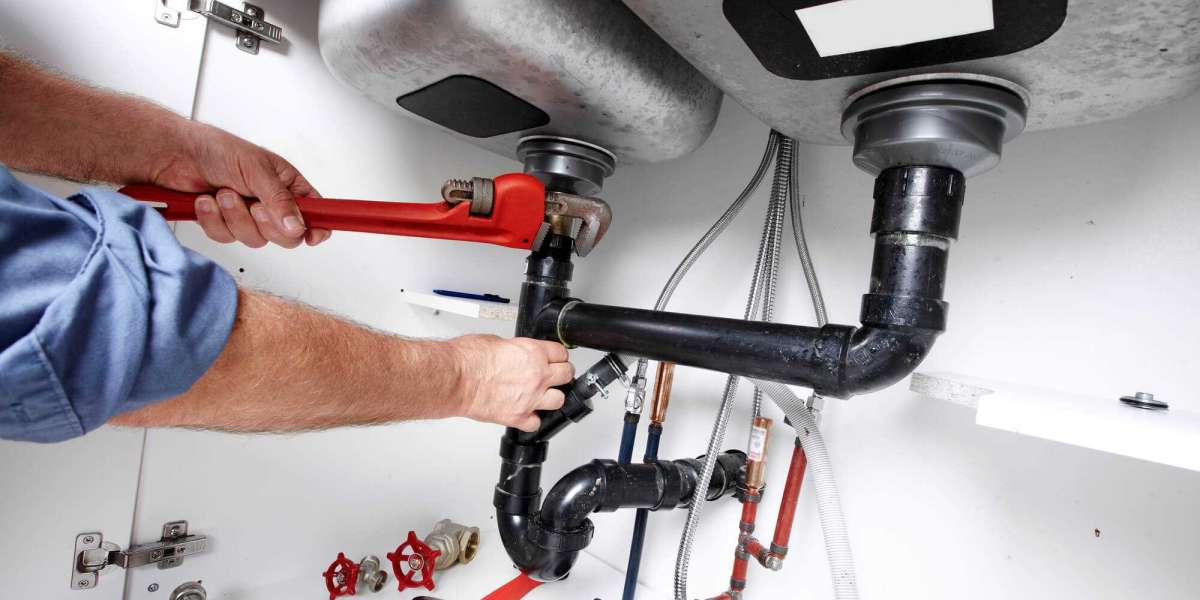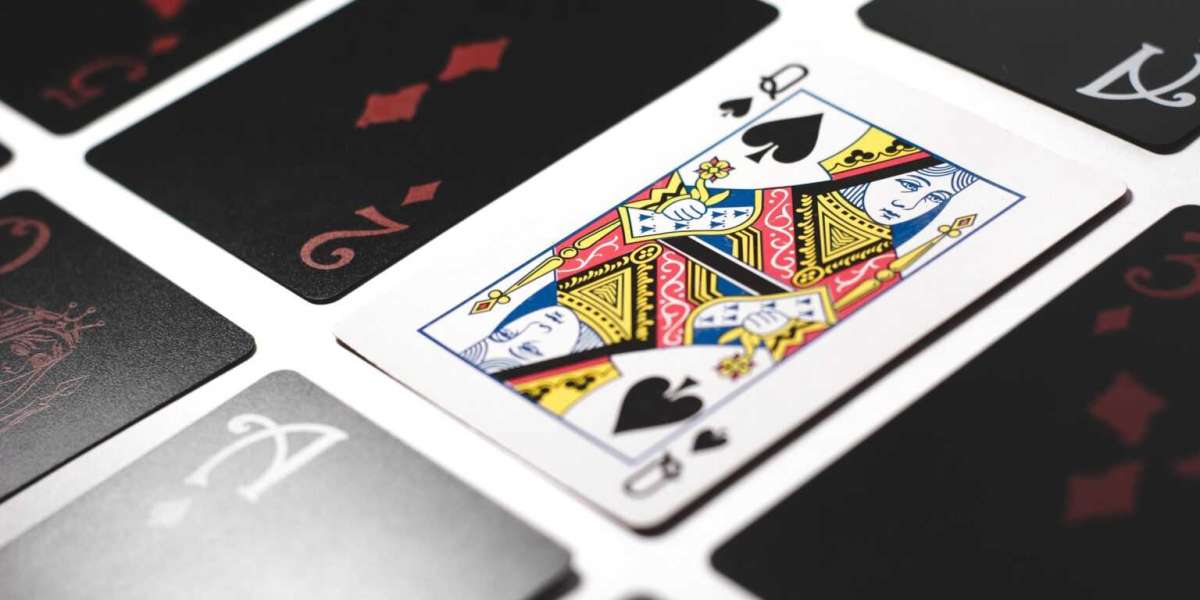Water damage in your very own home may lead to many critical troubles, one of the maximum concerning being mold growth. Mildew can grow fast after water damage and may also spread in days if no longer treated. The sooner you catch mildew, the simpler it is going to be to preserve your private home safe and healthful. Here, we're going to walk you through a way to understand early signs of mildew after water damage so that you can take motion before it receives worse.
Why Mold Grows After Water Damage
Mold grows on damp substances. In situations of water leakage, flooding, or any form of water damage, mold finds the very best conditions to grow in. The microscopic mold spores that can even float in the air will land on watery surfaces and begin to reproduce. If not cleaned up rightly and dried out, mold can start growing within 24-48 hours after water contact.
Common Places Mold Grows after Water Damage
Knowing where mold is most likely to grow can help you look out for it. Some common places include:
Under carpets and flooring: Water often seeps under carpets and hardwood floors, leading to hidden mold growth.
Inside walls: If the drywall or walls become wet, mold can start growing on inner layers.
Basements and attics: These are most of the time damp and badly ventilated, which mould loves.
Bathrooms and kitchens: High moisture, combined with water spills, makes it a common place for mildew.
Early Signs of Mold Growth After Water Damage
Musty Odor:One of the main symptoms of mold is, generally speaking, the musty or earthy odor. The smell gets worse by the passage of time and can be great a lot of time before you have some visible symptoms, basically speaking. You will find that a place suffering from water damage generally has a constant smell, and that's a strong sign of the presence of mildew.
Visible Spots or Stains: Mold often appears as black, green, brown, or even white spots on walls, ceilings, and floors. These spots might be small but grow and spread with amazing rapidity. If you can observe some sort of unusual discoloration in areas that have experienced water damage, it's likely mold.
Peeling or Bubbling Paint: When mold grows on the back of a painted wall, it can cause the paint to bubble, crack or peel. This is because the mildew loosens the substances that it grows on, becoming an un-even surface. If you notice any paint issues in water damage service areas, take a closer look in that area for mould growth.
Increased Allergy Symptoms: Mold releases spores into the air that can cause symptoms similar to allergic reactions, especially in people sensitive to it. These can include sneezing, coughing, itchy eyes, or a runny nose. If these symptoms flare up every time you are in a particular part of your home, there will be mold nearby.
Warped Walls, Floors, or Ceilings: Water usually precedes mold development and often causes building materials like wood and drywall to swell and buckle. If you see warping in places that are tortured by water, then there is likely a chance of mold growing underneath.
Damp, Slimy, or Fuzzy Surfaces: Mold can also feel different to the touch depending on the type and the surface it is growing on. Very often, mold can also feel slimy or fuzzy. If you touch a surface that feels damp or has a texture you don't understand, it may be mold.
Health Effects Worsen in Certain Areas: Mold exposure doesn't just manifest as allergy symptoms. It can cause respiratory problems for people and increase the risk of exacerbating allergies and other conditions.
If you or someone in your household is complaining about difficulty breathing or tightness in one's chest, which appears to be consistently worse in certain rooms, it's a potential warning of mold presence in that area.
Steps to Take When You See Early Signs of Mold
If you become familiar with any of these early signs and symptoms, take action immediately to prevent further spread. Here's a simple guide on what to do:
Dry Out the Area Entirely First: clear all moisture from the afflicted spot. Utilize fans and dehumidifiers and open your windows to dry it out. Ensure all materials, carpets, or furnishings are totally dry. This will eliminate the further spread of mold.
Clean moldy surfaces with care: Small areas of mold may sometimes be cleaned with a water-detergent solution. Bleach cannot be utilized because it will only remove mold on a superficial level and will not take care of mildew growing inside porous materials. Gloves, goggles, and a mask should be used to avoid exposure.
How to Prevent Mold Growth after Water Damage
Once you have solved your mould issues, prevention remains the key to keeping your home mould-free in the long run. Prevention involves:
Fix leaks: promptly to stop moisture from infiltrating your personal residence.
Vent your house: by turning on exhaust fans in bathrooms and kitchens and opening the windows.
Use dehumidifiers: in humid places, like basements, to reduce moisture content.
Check signs and symptoms of water damage on a regular basis so that you can repair small problems before they come to be larger issues.
Conclusion
Early recognition of mold after water damage helps one deal with it before health and structural issues arise. Knowing what to look out for and taking prompt action can go a long way in protecting your home and your family from the devastating impact of mold.







